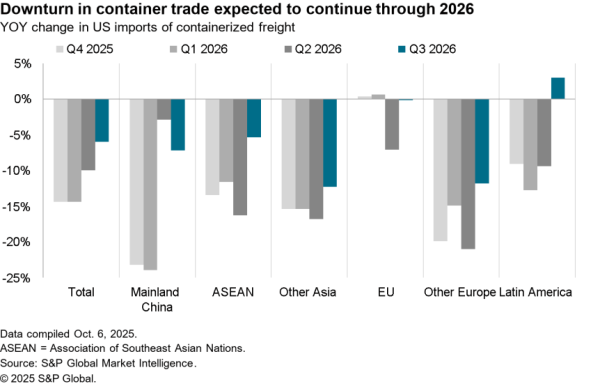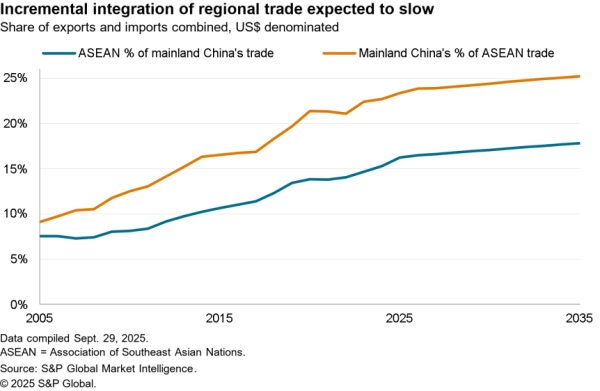U.S. Vice President Mike Pence will visit Japan on April 18 to meet with Deputy Prime Minister Taro Aso in the first Economic Dialogue. The dialogue process was set up following the meeting between Prime Minister Abe and President Donald Trump on February 10, and will likely focus on ongoing trade relations. The talks are unlikely to focus on details initially, but there are likely to be two big areas of leverage on each side.
On the U.S.-side there is a risk of currency manipulation accusations hanging over the talks. As outlined in Panjiva research of the U.S. Treasury’s assessment could capture Japan on at least two of the three grounds it uses. There are the scale of its surplus with the U.S. ($68.9 billion over the 12 months to February 2017) and current account surplus (3.6% of GDP in 2016). Indeed, if the Treasury does find manipulation this meeting could be a test case for how the administration of President Trump intends to use the finding.

Source: Panjiva
The second lever is the potential outcome of the omnibus report that Commerce is producing on causes of the U.S. trade deficit, due to be released June 29. The result of this could include specific trade cases or targeted duties. Japan is particularly exposed due to its shipments of autos and completed parts to the U.S.
While the export of vehicles to the U.S. has been falling, the shipment of parts to the U.S. factories of Toyota and others has risen. Panjiva data shows that total auto shipments have increased the fastest among Japan’s top six export lines. They reached $50.9 billion in the 12 months to February 28 having jumped 16.7% in the last three months. That was the highest dollar value since at least 2009. The only other export line to increase significantly in the past year has been healthcare products, which are just 6.5% the scale of autos.

Source: Panjiva
The counterpoint of Japan’s trade surplus with the U.S. is its significant foreign direct investment surplus into the U.S. In the 12 months to February 28 Japan’s FDI into the U.S. was 6.26 trillion yen ($57.3 billion), which was nine times the amount coming the other way. Open-ended investment commitments by Toyota and Softbank are examples showing this investment could likely continue.

Source: Panjiva
Japan’s other lever in dealing with the U.S. is choice. It is also pursuing trade deals with the European Union (which could be completed by year end) and with China via the RCEP. It will be hoping these return it to a trade surplus with the EU – which was 1.9 trillion yen as recently as 2011 – and to reduce the deficit with China.

Source: Panjiva




